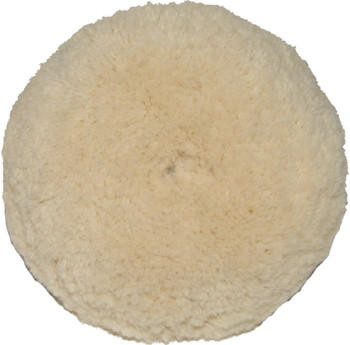jamesk
Jet Boat Addict
- Messages
- 153
- Reaction score
- 55
- Points
- 107
- Location
- PA
- Boat Make
- Yamaha
- Year
- 2017
- Boat Model
- SX
- Boat Length
- 21
So my sx210 is black and dark grey.
I have many small scratches in random areas all over, obviously some are around the bow roller area.
I also have several larger ones that I know will need a gel coat repair kit and need to be filled in the hull.
Even the light scratches appear white underneath.
How deep is the colored portion of the gel coat on these yamaha boats?
It almost appears to me like the majority of the gel coats thickness is white but maybe not.
I am trying to figure out how much of this I want to try and fix....there is no way I would bother trying to fill all these areas with gel coat and at the same time it looks like if I tried to sand or buff out the scratches that there is not enough thickness to the black and dark grey portion and I would end up wet sanding the darker gel coat away all together.
Would have preferred a white boat, the colored gel coat looks nice but seems to show every little issue but it is was it is at this point.
Looking for some general advice about it. Thanks! Jim
I have many small scratches in random areas all over, obviously some are around the bow roller area.
I also have several larger ones that I know will need a gel coat repair kit and need to be filled in the hull.
Even the light scratches appear white underneath.
How deep is the colored portion of the gel coat on these yamaha boats?
It almost appears to me like the majority of the gel coats thickness is white but maybe not.
I am trying to figure out how much of this I want to try and fix....there is no way I would bother trying to fill all these areas with gel coat and at the same time it looks like if I tried to sand or buff out the scratches that there is not enough thickness to the black and dark grey portion and I would end up wet sanding the darker gel coat away all together.
Would have preferred a white boat, the colored gel coat looks nice but seems to show every little issue but it is was it is at this point.
Looking for some general advice about it. Thanks! Jim






